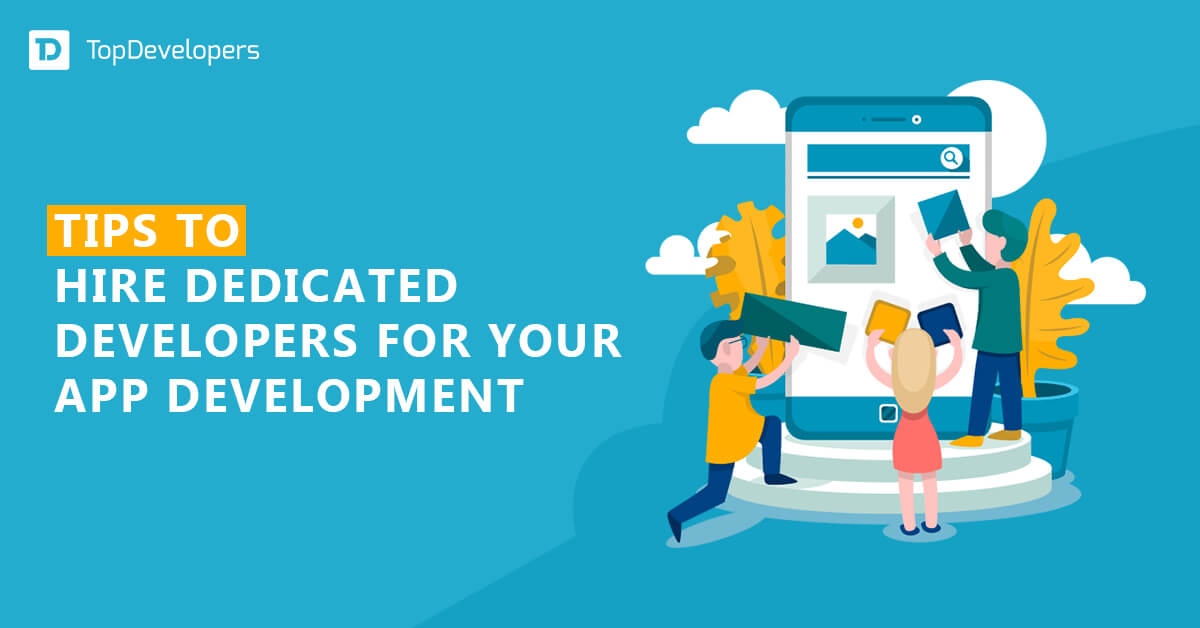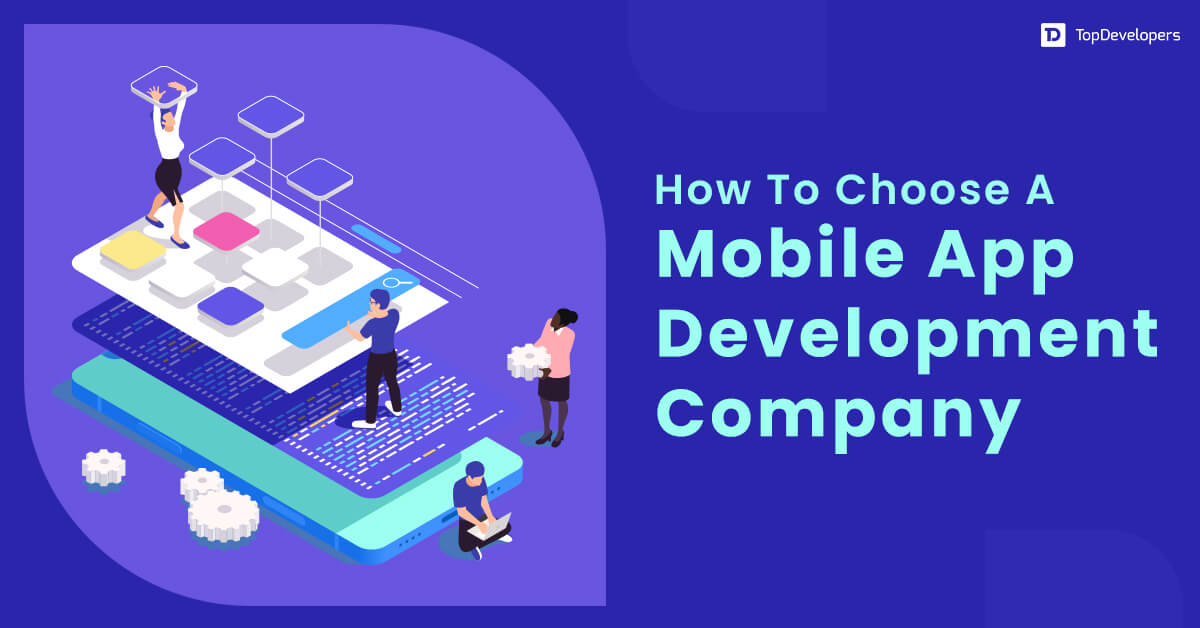
Push notifications have become a vital tool in enhancing user engagement, with studies showing that apps leveraging push notifications see a 70% higher retention rate within 90 days of app installation. Whether it’s real-time updates, reminders, or personalized promotions, push notifications enable mobile apps to deliver timely and relevant content directly to users’ devices.
For entrepreneurs and startups, implementing push notifications can drive significant value by improving user interaction, increasing app session times, and boosting conversions. As one of the most effective mobile app features, push notifications help apps stand out in the crowded market. According to Statista, global app downloads surpassed 257 billion in 2023, with a growing emphasis on in-app communication strategies like push notifications to stand out in the crowded market (source).
This blog provides a step-by-step process to implement push notifications in mobile apps, tailored for startups aiming to create meaningful connections with their users. By following this guide, you’ll understand how to integrate this critical feature across both iOS and Android platforms seamlessly.
Table of Contents
- Essential Requirements for Implementing Push Notifications
- Step-by-Step Guide to Implement Push Notifications in Mobile Apps
- Testing Mobile App Push Notification
- Wrapping Up: The Key to Successful Mobile App Push Notification
Essential Requirements for Implementing Push Notifications
Before integrating push notifications services into your mobile app, it’s crucial to set up the necessary tools and frameworks. Below are the key prerequisites to ensure a smooth implementation process.
Obtain the Necessary Developer Accounts
To send and manage mobile app push notifications, you need platform-specific accounts:
- Apple Developer Program (iOS): A membership is required to use the Apple Push Notification Service (APNs). This provides access to the tools and certificates for setting up notifications in iOS apps.
- Google Firebase Account (Android): For Android, you’ll need a Google account to access Firebase Cloud Messaging (FCM), which enables efficient push notification delivery.
Configure Your Development Environment
Set up your app development tools to support push notifications in mobile apps:
- For iOS (Xcode):
- Update Xcode to the latest version for compatibility.
- Enable the “Push Notifications” capability in the project settings.
- For Android (Android Studio):
- Integrate Firebase by adding the “google-services.json” file to your project.
- Update the “build.gradle” file to include Firebase dependencies.
Set Up Notification Permissions
Gaining user consent for notifications is mandatory to comply with platform guidelines and maintain a positive user experience:
- iOS: Utilize the UserNotifications framework to prompt users for permission to send alerts, badges, or sounds.
- Android: Declare necessary permissions like “RECEIVE_BOOT_COMPLETED” and “INTERNET” in the “AndroidManifest.xml” file.
Integrate a Backend Server
A backend server is essential to manage and deliver notifications efficiently:
- Server Role: The backend server communicates with APNs (iOS) and FCM (Android) to send targeted push notifications services.
- Implementation: Ensure the server securely stores user tokens and handles notification payloads.
Generate API Keys and Certificates
These credentials authenticate your app with notification services:
- APNs (iOS): Obtain an APNs key or certificate through your Apple Developer account.
- FCM (Android): Retrieve the Firebase server key from the Firebase Console to enable push messaging.
Perform Thorough Testing
Testing ensures your push notifications services function correctly across devices:
- Use tools like Firebase Console for Android or Postman for iOS to send test notifications.
- Test notifications on both physical devices and emulators for accurate results.
Step-by-Step Guide to Implement Push Notifications in Mobile Apps
Implementing push notifications services requires a systematic approach to ensure seamless integration and functionality. Below is a detailed, step-by-step guide for both iOS and Android platforms.
Integrating Push Notifications for iOS Apps
Implementing mobile app push notifications for iOS involves configuring both the app and the backend server.
Enable Push Notifications in Xcode
- Open your project in Xcode and navigate to the “Signing & Capabilities” section.
- Add the “Push Notifications” capability and enable it for your app.
Register for APNs
- Obtain an APNs key or certificate from your Apple Developer account.
- Configure your app to register with APNs using the UserNotifications framework.
- Save the device token generated by APNs for backend communication.
Set Up Backend Communication
- Use the APNs key or certificate to send push requests to APNs.
- Your backend server should handle token validation and notification payload construction.
Test Notifications on iOS Devices
- Use Postman or custom scripts to send test push notifications via APNs.
- Verify the display and interaction of notifications on a physical iOS device.
Setting Up Push Notifications for Android Apps
Android apps rely on Firebase Cloud Messaging (FCM) for delivering notifications.
Create a Firebase Project
- Log in to the Firebase Console and create a new project.
- Register your Android app by providing the package name and download the “google-services.json” file.
- Add the JSON file to the app directory in your Android Studio project.
Modify the App Configuration
- Update the “build.gradle” files (both project-level and app-level) to include Firebase dependencies.
- Declare necessary permissions in the “AndroidManifest.xml” file, including “INTERNET” and “RECEIVE_BOOT_COMPLETED”.
Implement Firebase Messaging Service
- Extend the “FirebaseMessagingService” class in your app to handle incoming notifications.
- Customize notification display or actions using the “NotificationManager” API.
Test Notifications via Firebase Console
- Use Firebase Console’s notification feature to send test messages.
- Validate the behavior on various Android devices to ensure consistency.
Using Cross-Platform Solutions
For startups targeting both iOS and Android, tools like OneSignal and React Native Firebase simplify integration:
- OneSignal: A unified solution for managing push notifications services across platforms.
- React Native Firebase: Ideal for React Native apps needing seamless FCM integration.
Testing Mobile App Push Notification
Testing is a crucial step to ensure that mobile app push notifications function correctly across devices. Below is a detailed guide for testing notifications on iOS and Android platforms.
Importance of Testing Push Notifications
Proper push notification testing ensures:
- Reliable push notifications delivery to end users.
- Accurate display and interaction across various device configurations.
- Error-free integration with backend systems and notification services.
Testing Push Notifications on iOS
Use Physical Devices
- While simulators are helpful for basic testing, physical devices are essential to validate actual notification behavior.
- Ensure the device is registered with your Apple Developer account for testing.
Test Delivery with APNs
- Use a tool like Postman or your backend server to send test push notifications via the Apple Push Notification Service (APNs).
- Verify that notifications appear promptly on the device and check for any delivery issues.
Validate Notification Display
- Test different notification types: banners, alerts, and badges.
- Ensure rich media content, such as images or action buttons, is displayed correctly.
Test Interactions
- Check how notifications respond to user actions, such as tapping to open the app or swiping to dismiss them.
- Validate any custom actions implemented in the notification payload.
Testing Push Notifications on Android
Use Real Devices
- Test notifications on a range of Android devices with different OS versions and screen sizes for compatibility.
Test Delivery via FCM
- Use the Firebase Console to send test messages to registered devices.
- Confirm delivery speed and verify that notifications reach the correct target audience.
Validate Notification Display
- Test various push notification styles, including heads-up notifications and those with rich media content.
- Ensure compatibility with notification channels for Android 8.0 and above.
Check User Interactions
- Confirm that users can interact with notifications as intended, such as by opening the app or performing custom actions.
- Test how notifications behave when the app is in the foreground, background, or closed.
Common Issues to Watch For
- Delivery Failures: Caused by invalid device tokens or misconfigured server credentials.
- Formatting Errors: Issues with the notification payload can lead to improper display.
- Permission Denials: Notifications won’t appear if users deny permission requests.
Testing Automation Tools
For comprehensive testing, consider tools like BrowserStack or Firebase Test Lab to simulate notification delivery across multiple devices and conditions.
Wrapping Up: The Key to Successful Mobile App Push Notification
In today’s competitive app market, correctly implementing push notifications services is no longer optional but a necessity for startups and entrepreneurs looking to enhance user engagement. By delivering timely and personalized messages, mobile app push notifications have the power to boost retention rates, increase app usage, and create a lasting connection with users.
However, the success of push notifications in mobile apps lies in the details. Following a structured approach to implementation—starting with proper setup, rigorous testing, and ongoing optimization—ensures your notifications deliver value without frustrating users. Testing on physical devices, configuring backend systems correctly, and adhering to platform guidelines are all crucial steps to avoid common pitfalls.
If you’re looking for expert assistance, Hiring a reliable mobile app development companies can simplify the process. These companies bring the technical expertise and experience needed to implement push notifications seamlessly while aligning them with your business goals.
Start implementing push notifications today to unlock their full potential and drive meaningful engagement in your app!
 Avantika Shergil
| Dec 17, 2024
Avantika Shergil
| Dec 17, 2024
Avantika Shergil is a technology enthusiast and thought leader with deep expertise in software development and web technologies. With over 8 years of experience analyzing and evaluating cutting-edge digital solutions, Avantika has a knack for demystifying complex tech trends. Her insights into modern programming frameworks, system architecture, and web innovation have empowered businesses to make informed decisions in the ever-evolving tech landscape. Avantika is passionate about bridging the gap between technology and business strategy, helping businesses build customized software and website, and understand about different tools to leverage effectively for their ventures. Explore her work for a unique perspective on the future of digital innovation.





